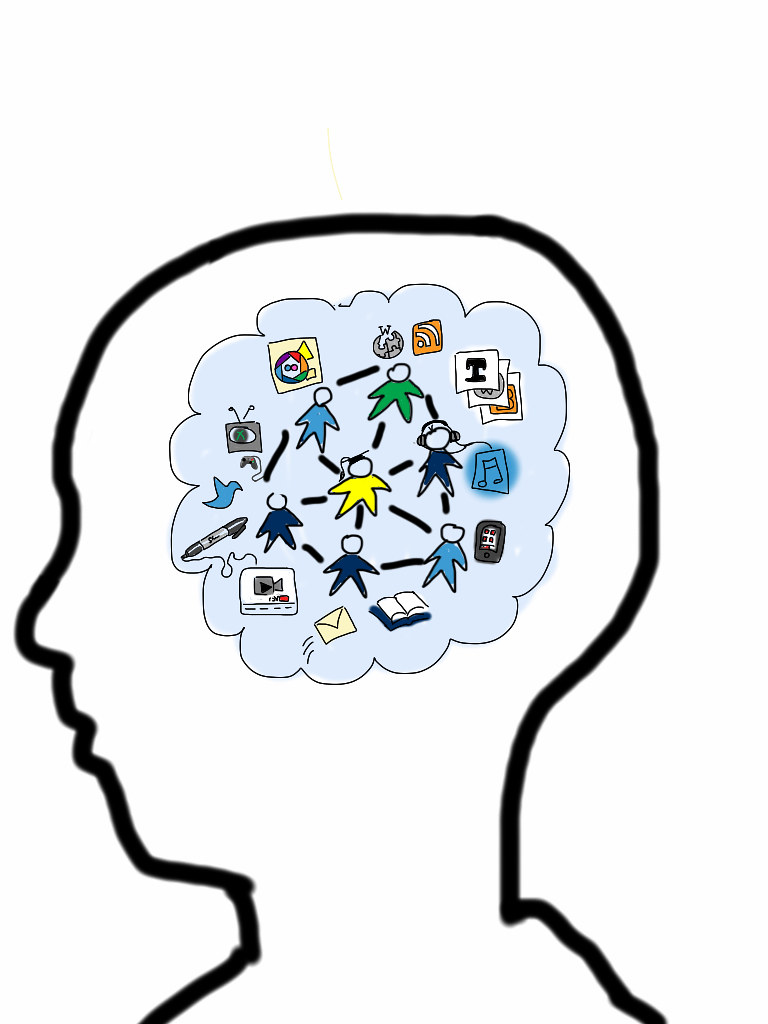Within the text, “The Global Educator: Leveraging Technology for Collaborative Learning & Teaching” by Julie Lindsay, is a list of the “norms of online global collaboration” which are as follows:
- Be Prepared
- Have a Purpose
- Be able to Paraphrase
- Be able to Perceive
- Make sure you Participate
- Be Positive
- Be Productive
- Realize the Potential
For this blog post, I will focus on the first two, “Be Prepared” and “Have a Purpose”.
Before I go into the steps of preparing and having a purpose when it comes to a global collaboration lesson, I would like you to take a look at a few of these videos in which you can see the teacher and students effectively collaborating globally!
Be Prepared
As an educator, one of the most important parts of your job is preparation. Without adequate development of your units and lessons, you are bound to fail. This is quite the same when it comes to global collaboration. If you are planning to implement a global collaborator within your lessons, it is not as easy as just calling another teacher up across the globe. It is important that the educator has spoken far in advance with their partner to ensure that they are on the same page when it comes to the following: the tools they will be using, the content they are focusing on, the assignment they are working on, how many participants will join, what time zone they are working in, as well as any other details that are pertinent to the collaboration.
In order to be prepared, the two collaborators must use an effective form of communication. Some examples of this include email, text, Twitter direct messenger, facebook, Skype, and Google Hangouts. While communicating, both professionals must ensure they are using precise language that is clear, respectful, and easy to understand. One big issue when it comes to the preparation of collaboration that could make or break experience is whether the communication is effective or not. Here is a quick video on how miscommunication occurs.
Have a Purpose
Of course, when planning a global collaboration it is important that you set a clear purpose. This is helpful for finding the correct collaborator as well as finding the right tools to assist your collaboration. Some ideas of purposes for your global collaboration can include:
- teaching geographical skills by having a “mystery Hangout” on Google Hangouts with another class
- teaching cultural information through discussions on FlipGrid
- teaching a language through discussion over Skype
If you want more ideas for global collaboration ideas, click this link!
Let me know if you thought this post was helpful in the comments below and thanks for reading my blog!
